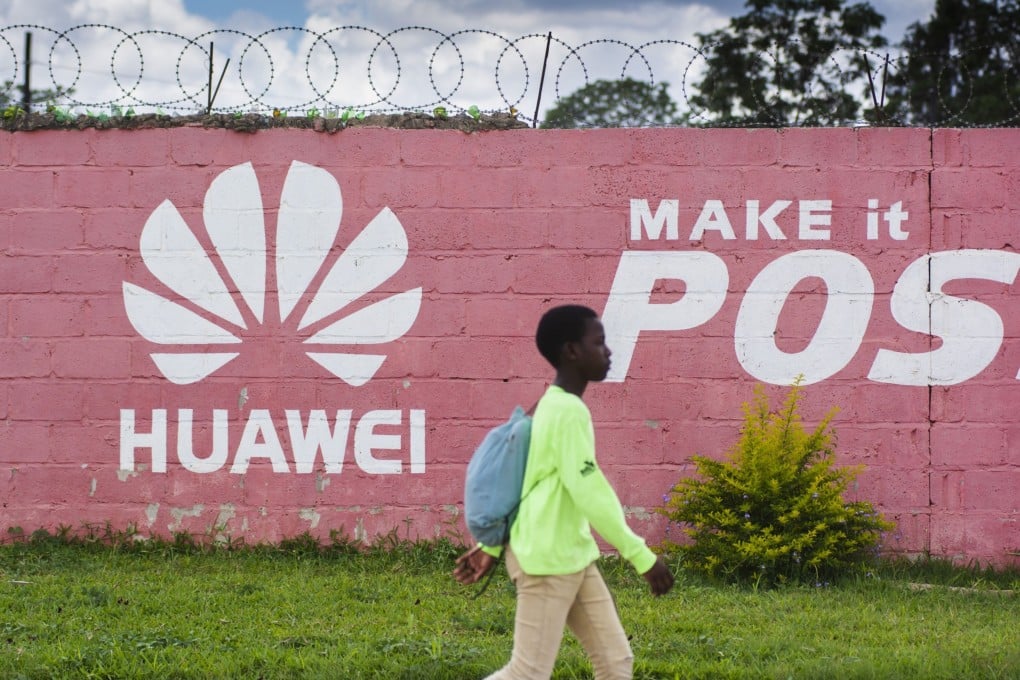Advertisement
Instead of targeting TikTok and WeChat, the US should work on an alternative to China’s digital silk road
- From fibre-optic cables to health care connectivity in emerging markets, China’s digital silk road enables the country to gain both influence and commercial benefit
- The US has been making headlines banning Chinese apps at home and opposing Huawei worldwide but offers no comparable programme to China’s
Reading Time:3 minutes
Why you can trust SCMP

Amid the US-led Western clampdown on Chinese technology firms like Huawei and ByteDance, which owns the TikTok app so popular with teenagers, it is easy to overlook the fact that Chinese technological ambitions abroad aren’t limited to the exploits of a handful of companies. Instead, they are part of a wider programme dubbed the “digital silk road”, a subset of the more widely known Belt and Road Initiative.
Advertisement
Launched in 2015, the digital silk road is a mainly private-sector-driven programme, supported by the state, with the aim of enhancing China’s digital presence abroad, and thereby extending its commercial and political influence. It is so far going well, particularly in the emerging world.
Chinese-built fibre-optic cables have transformed connectivity in myriad countries across the planet, from Latin America to Central Asia to the Pacific. The investment has come from both private contracts and government support, in the form of at least US$7 billion in loans and foreign direct investment for fibre-optic cable and telecommunication network projects.
In Africa, companies like Huawei and ZTE have built much of the digital infrastructure, including health care connectivity. To put this investment into perspective, more Chinese money went into African information and communications technology projects in 2015 and 2017 than all the funding from the continent’s governments, multilateral agencies and Group of Seven nations combined.
Beijing is not the only one keen to promote the digital silk road as a tool for digital development; the United Nations is now referencing the digital silk road as a way to advance its own ambitious sustainable development goals.
The response from the West has been mainly negative. The Trump administration has spent the last few years trying to stop Huawei’s technology being used in Western 5G networks, with some success. There may or may not be good reasons for this from a national security perspective, but this is a harder argument to make with the recent proposals to restrict TikTok and WeChat from the US.

Advertisement
